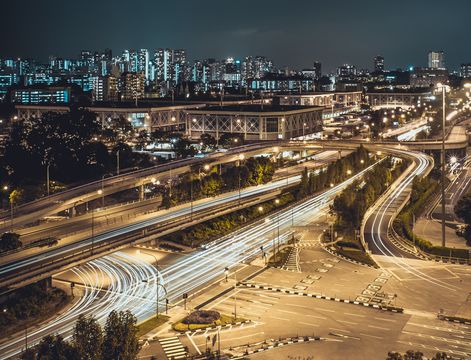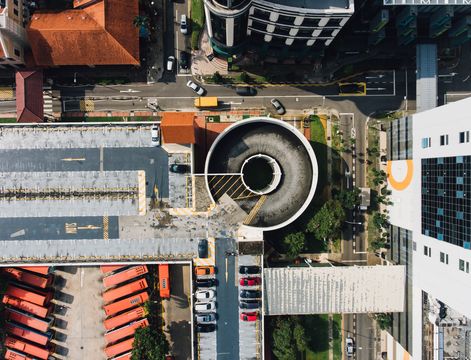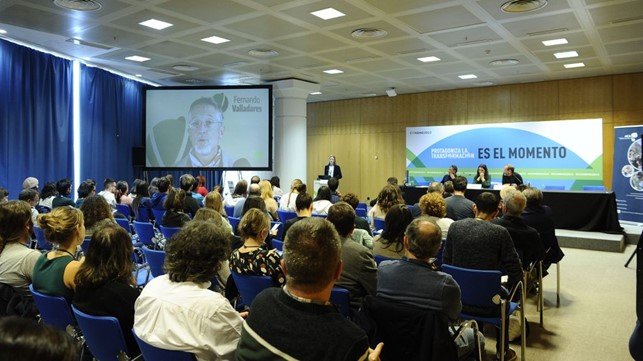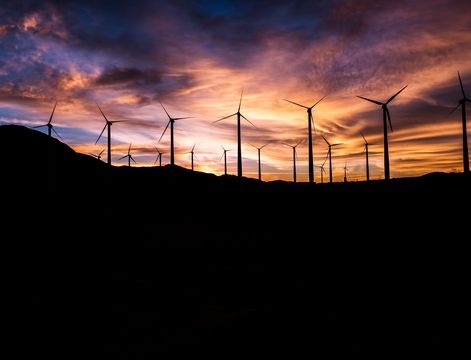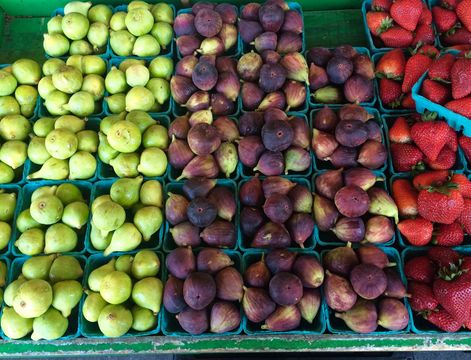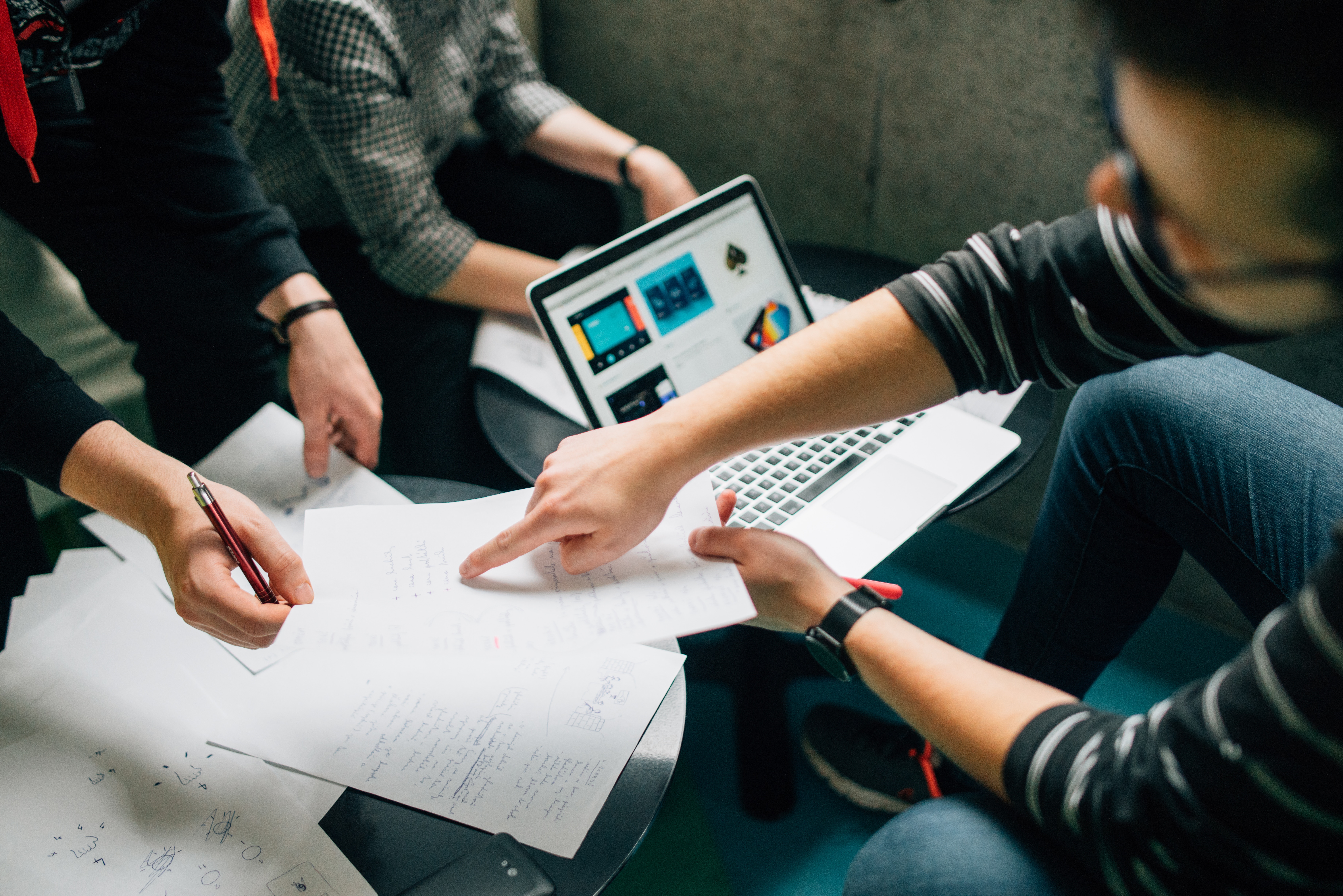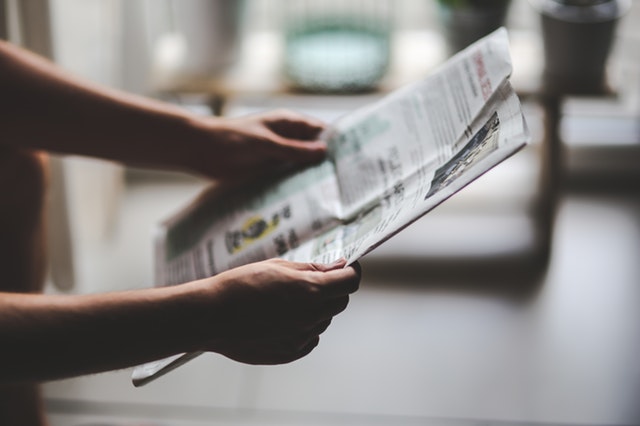We see that the current linear „take-make-dispose“ economic system is failing both people and our environment. As a result of our economic model which currently aims for limitless growth, we have been depleting our planet’s natural resources for far too long. The current global economic system relies on intertwined supply chains which require an immense amount of raw materials each year. The COVID-19 pandemic has brought to light the fragility of this system.
The remarkable situation we find ourselves in now has exposed the frailty of the dominant economic model to prepare for and respond to crises and shocks. The economic impact of the pandemic is more severe than people and politicians could have imagined in the beginning of the crisis. Countries are going to want to start rebuilding their economies as soon as possible, but it is yet unknown how this process will affect the ambitious climate targets and The Green New Deal. There is a risk that many countries might perceive a green recovery as a luxury good. Instead, many might prefer a fast build-up dependant on depleting even more natural resources with the aim to boost up the growth yet again. Our global challenge is to build back a more resilient, just and sustainable economy which would operate within our planetary boundaries.
People and organisations were starting to rethink their consumption patterns already before the crisis. Now, trends indicate that we are questioning what we really need and considering more thoroughly what and how we buy.. This means that old purchasing habits and consumption without consideration are no longer a given. The green and sustainable trend has been slowly gaining traction across the globe, but the forced change on consumption patterns this virus has inflicted could accelerate a change in many organisations as well as production and consumption.
In a time like this, it is especially important to pay attention to circular public procurements. With the current crisis we see that it is possible to mobilise across different governmental and societal levels to act now and make necessary changes fast. While private sector investments have crucial potential in the implementation of circular economy in practice, the public sector's purchasing power has a ground-breaking role in this process as a catalyst, which must not be underestimated. Circular public procurements are seen to have a more holistic approach in procuring goods and services, while creating markets for sustainable and circular products and services.
Circular economy boosted by circular public procurements might be the solution for a more sustainable economy. We see that the principles of circular economy are already being applied by many public and private organisations to cope with the current COVID-19 pandemic. We also see circular innovation in manufacturing and in supply chains (especially regarding medical equipment and supplies). Local manufacturing facilities are being refitted to build medical equipment, different ways to decontaminate N95 mask have been developed to give them a second life, and refurbishment of existing ventilators has been shifted as a priority instead of waiting in lines to purchase brand new ones. However, in many cases the procurements for these services have been made under extreme time-pressure in a situation of crisis. In these instances, the circular criteria have been left out completely.
By implementing circular public procurements, it is possible to move to a more circular economy faster by prioritizing products made from secondary raw materials, refurbished products and the use of more environmentally friendly raw materials. As a result of consistently implementing circular public procurements, a new market can be created for more circular products and services.


